DOWNLOAD NOW
Click here to download the documentation as per public broadcast channels
The Draft Windhoek Urban Structure Plan 2021 to 2041
An Urban Structure Plan is a Spatial framework that seeks to guide the overall spatial distribution of current and desirable land use within a municipal area in order to give SPATIAL effect to the vision, goals, and objectives of the municipal development plan. It is a core component of a Municipality’s Physical, economic, social, financial, institutional, regulatory, and environmental vision. It is also an important Municipal Policy Instrument necessary to guide development decision making in such a way that it contributes to the achievement of the City’s development and space-making objectives.
Who are the stakeholders?
The primary stakeholders in the preparation of the plan are all the residents of the City. Each and every resident is key to the team (consultants and the City of Windhoek) who are preparing the Plan and the opinions of the general public will be rigorously sought in the process. A public consultation plan was drafted to guide meaningful participation and will be shared with the public. Specific stakeholder groups that will also be consulted include:
- The business community;
- Bus and Taxi Association;
- Professional bodies and their members;
- Academia;
- Property developers;
- Tourism Operators and Associations;
- Legal practitioners;
- Government Ministries and State-owned enterprises involved in planning and the provision of infrastructure services.
This is covered in more detail in the Public Consultation Plan.
Objectives of the Structure Plan
- To do a thorough assessment of the development potential of all land within the enlarged city boundary and select the most suitable.
- To identify and provide adequate land to accommodate the projected growth of the population of the city over the plan period with due consideration of the entire affordability spectrum.
- To give due consideration to practical methods of densification, intensification and re-purposing of serviced land.
- To optimally use the existing bulk infrastructure in the city to accommodate affordable housing development.
- To direct future developments / urban footprint to match the levels of environmental sensitivity.
- To contribute to the sustainability of water supply for the city.
- To formulate a new set of policies able to ensure that sufficient land can be made available quickly and with minimum cost for all required land uses.
- To re-engineer procedures that simply takes too long to complete and contribute to Namibia’s poor ranking on the ease of doing business index.
- To achieve spatial justice in the city form to bring those that can least afford the cost of transportation closer to the main employment centres and to integrate land uses through mixed land use, mixed income, mixed age groups, etc.
- To develop the required policies to guide decision making on how to achieve the above.
- To develop town planning layout guidelines that would contribute to availing economic opportunities and employment opportunities to residents closer to their places of residence.
- To reconsider services standards to improve affordability of serviced land.
- To develop templates and policies for local area planning, illustrating the content and processes necessary to guide public and private investment and design for typical local areas.
- To identify the key local development areas and provide guidance on its successful development with an emphasis on allowing mixed land uses that are complimentary to each other.
- To guide the formalisation of the informal settlements and arrest the growth of informal settlement in the city through measures aimed at providing feasible alternatives to informal settlement.
- To formulate a spatial framework able to maximise the “crop yield” for the city from rates and taxes through planning and regulatory provisions aimed at the more efficient use of land and resources.
Submission of input, concerns and or comments can be made electronically via email to wusp@udanam.com.
Registration as an interested and or affected resident/party can be done through scanning or clicking the QR code, or by sending an e-mail to wusp@udanam.com.
